Ash Creek Estuary Ecological Master Plan
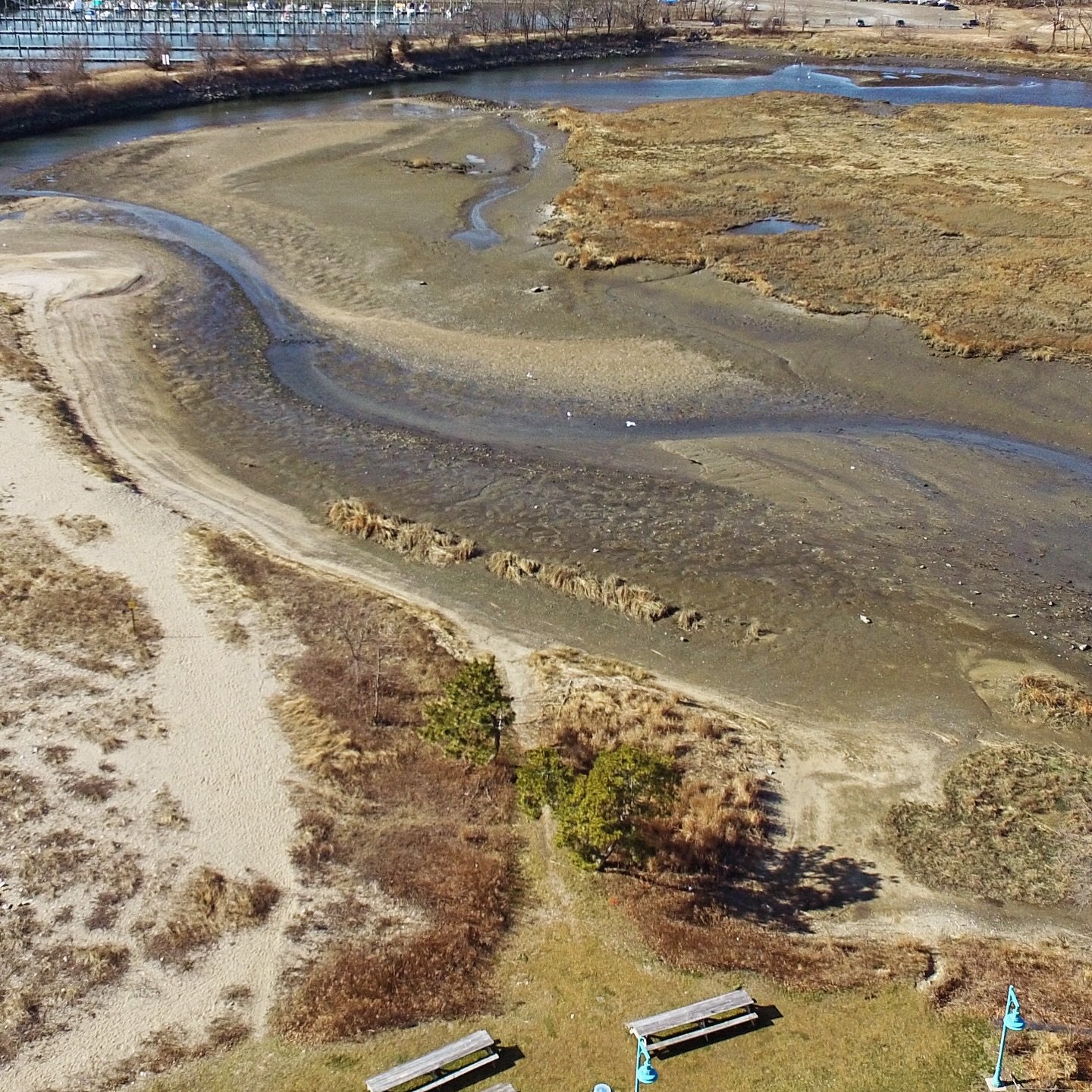
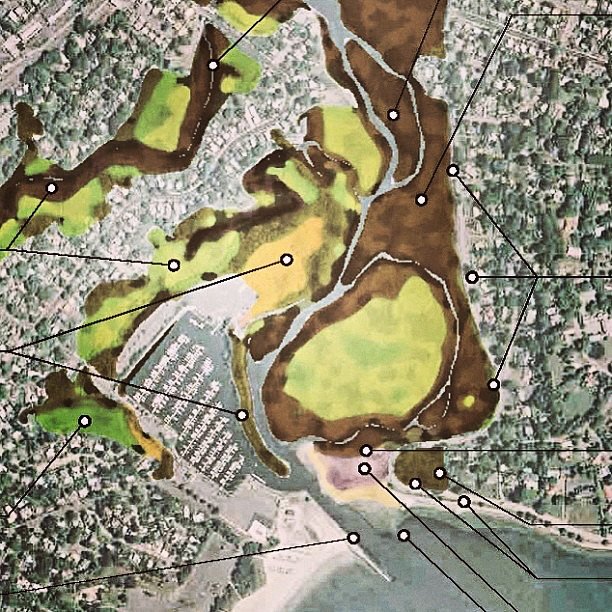
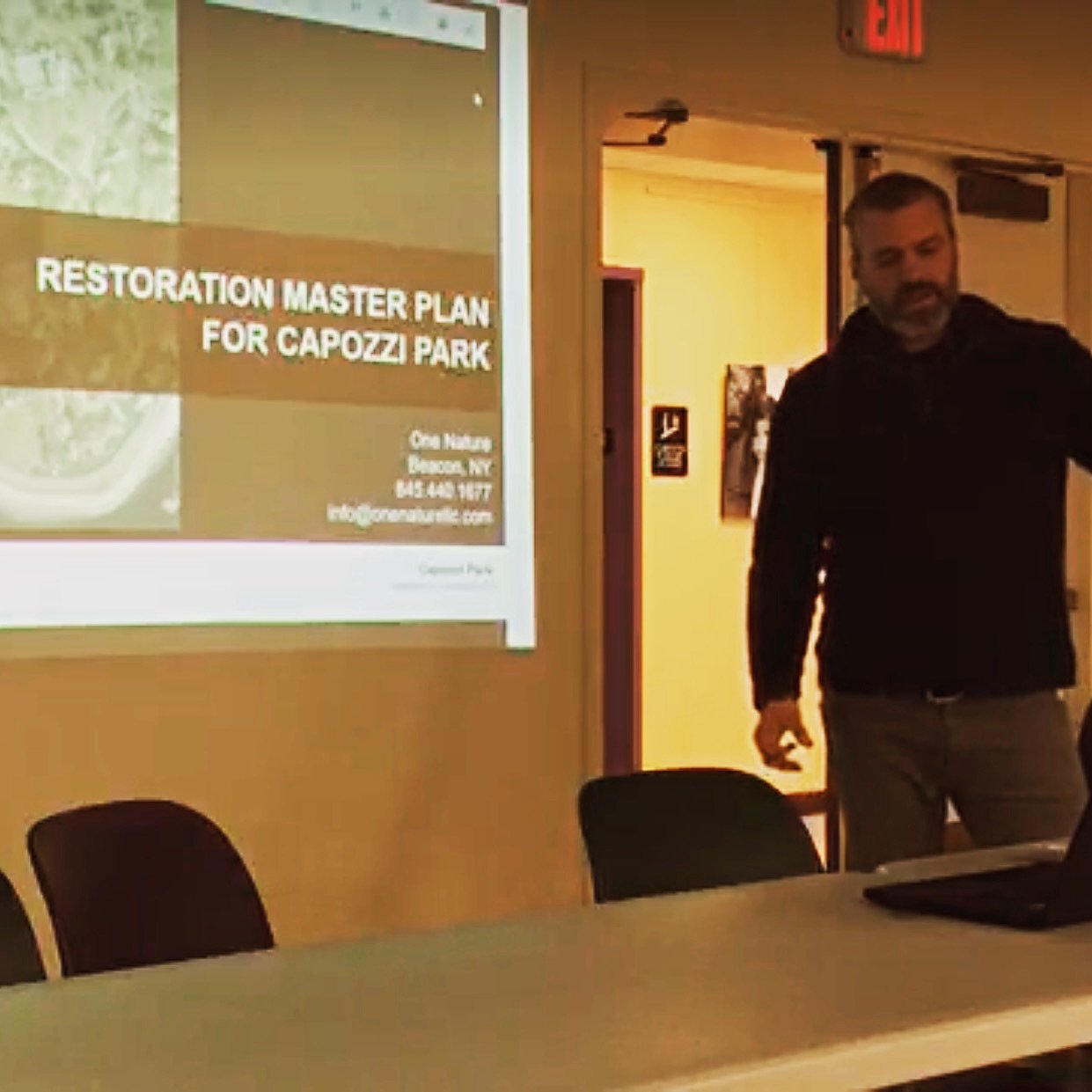
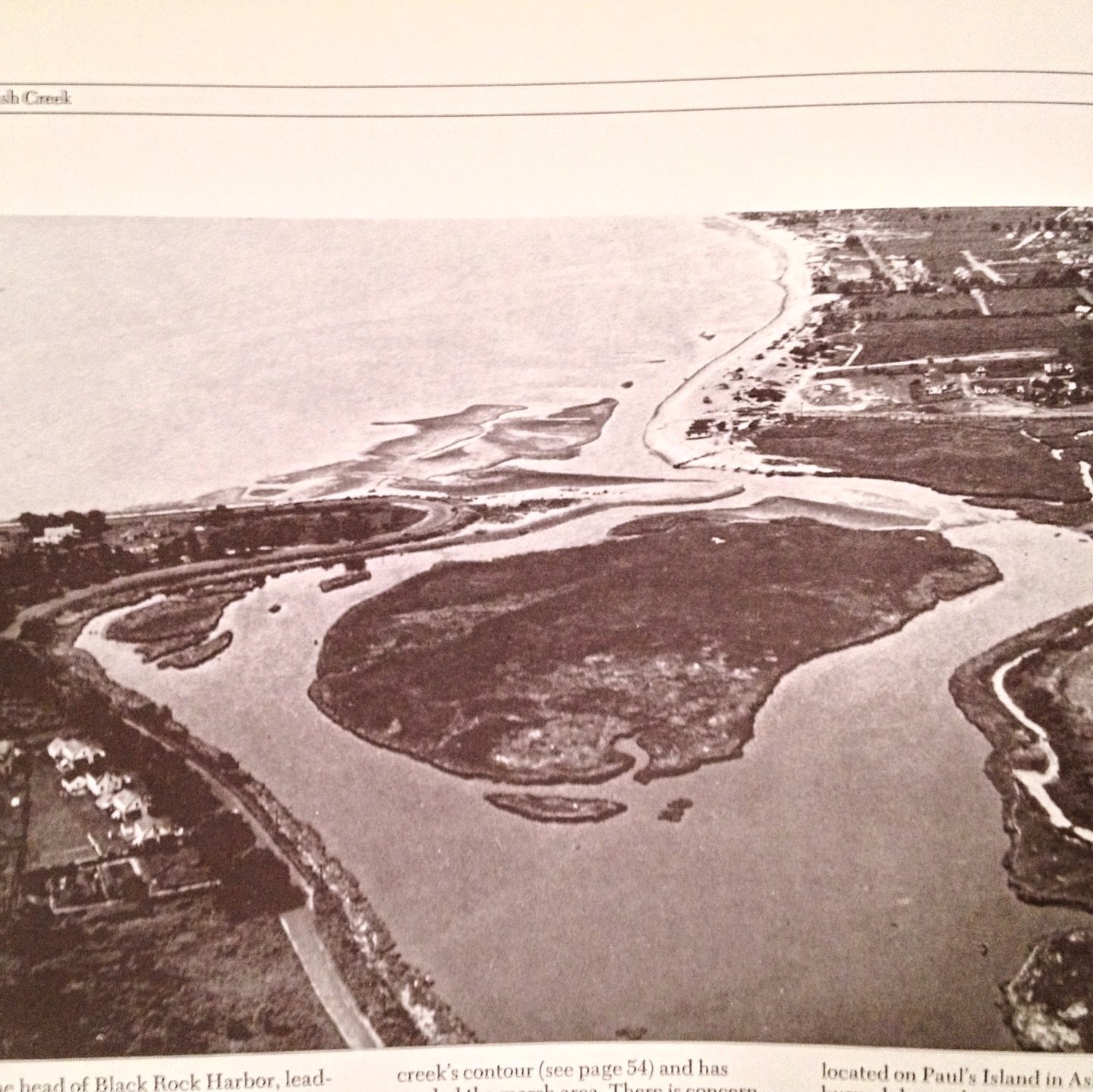
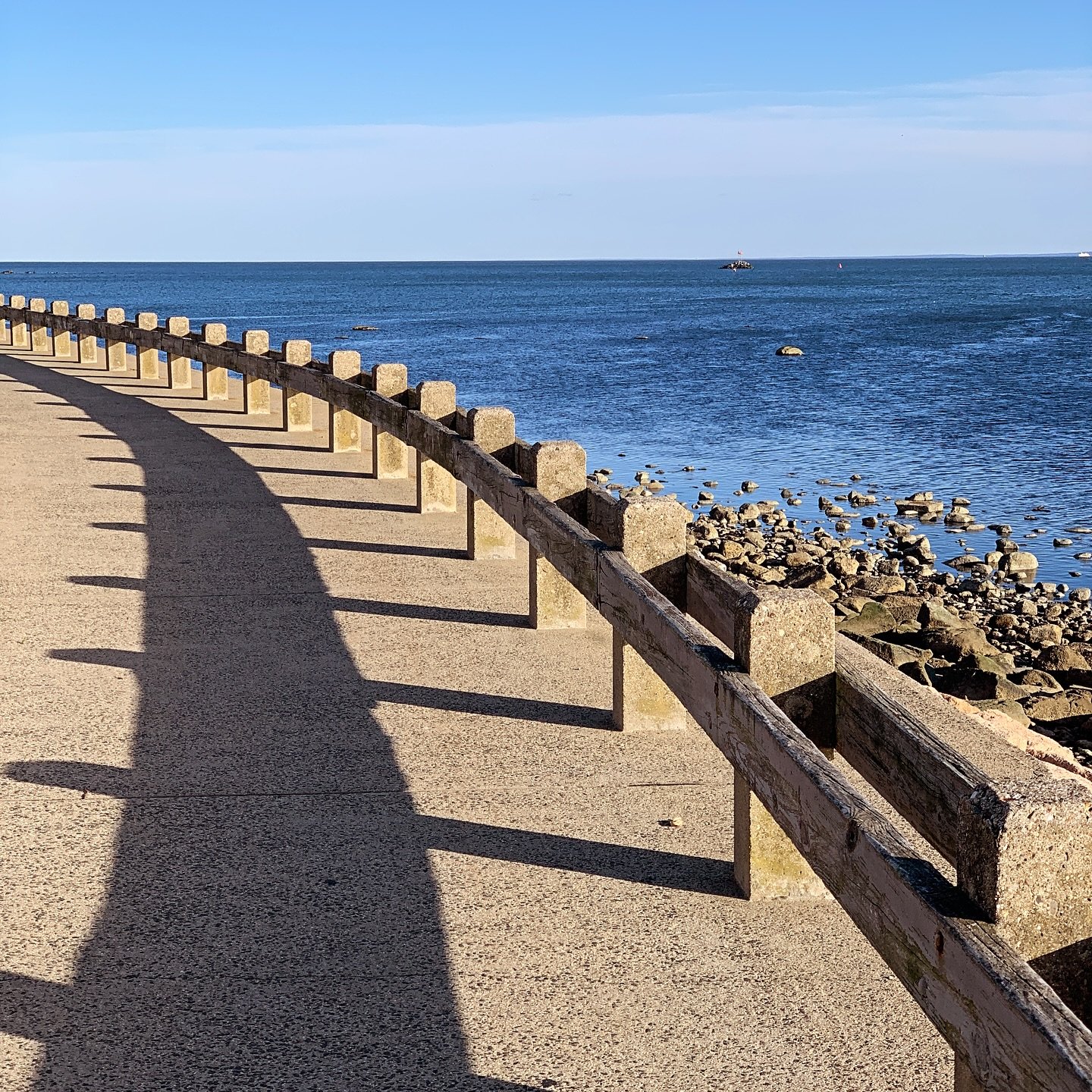
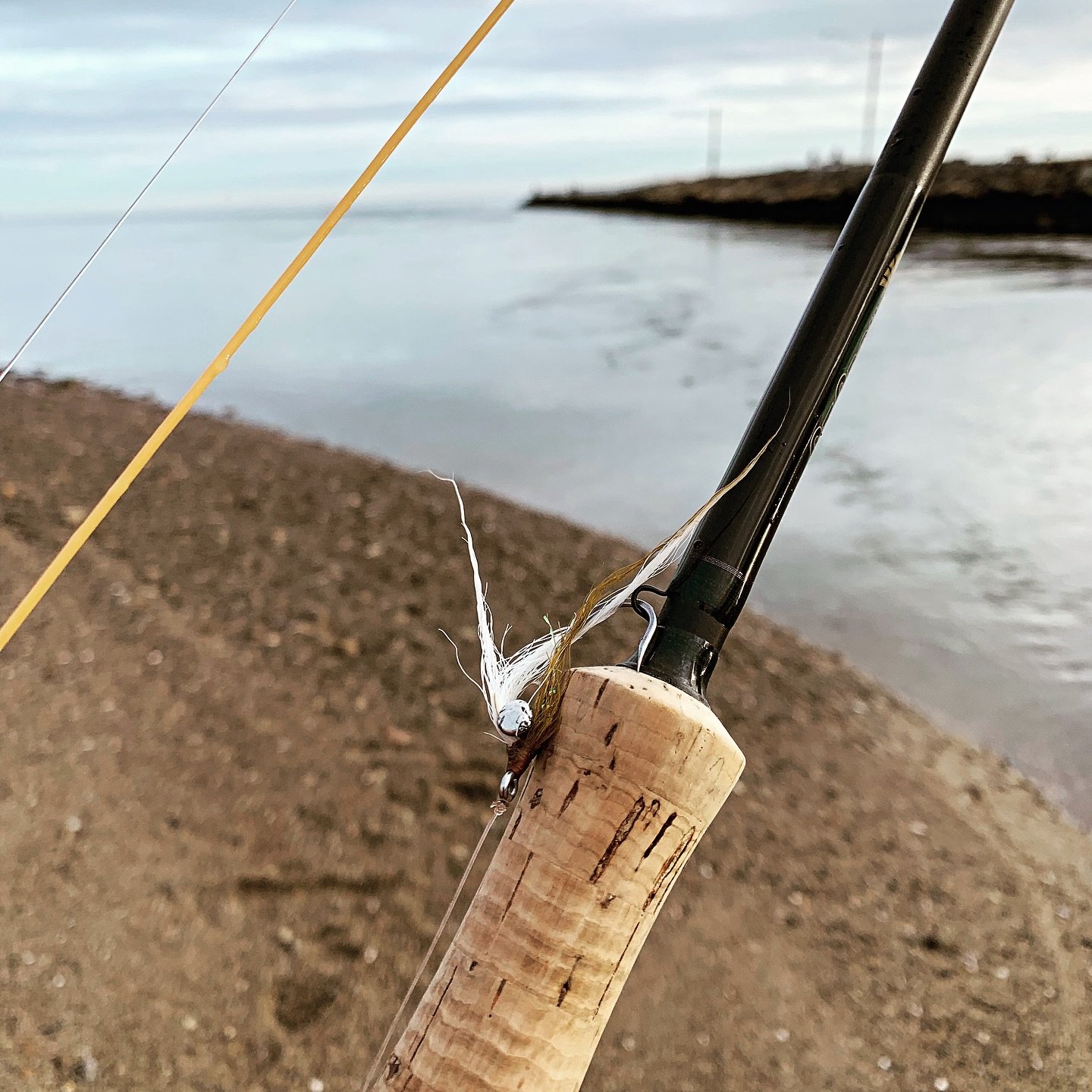
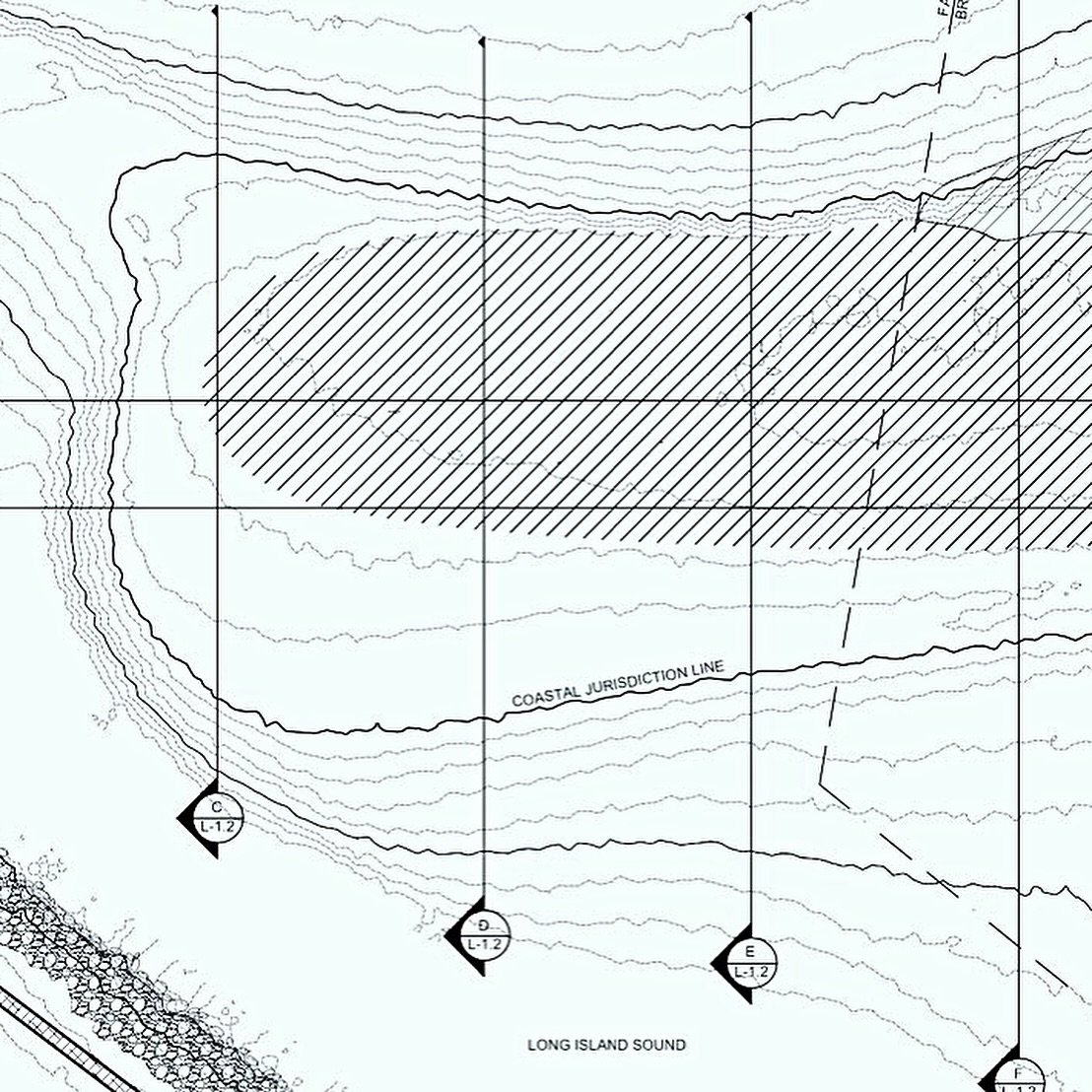

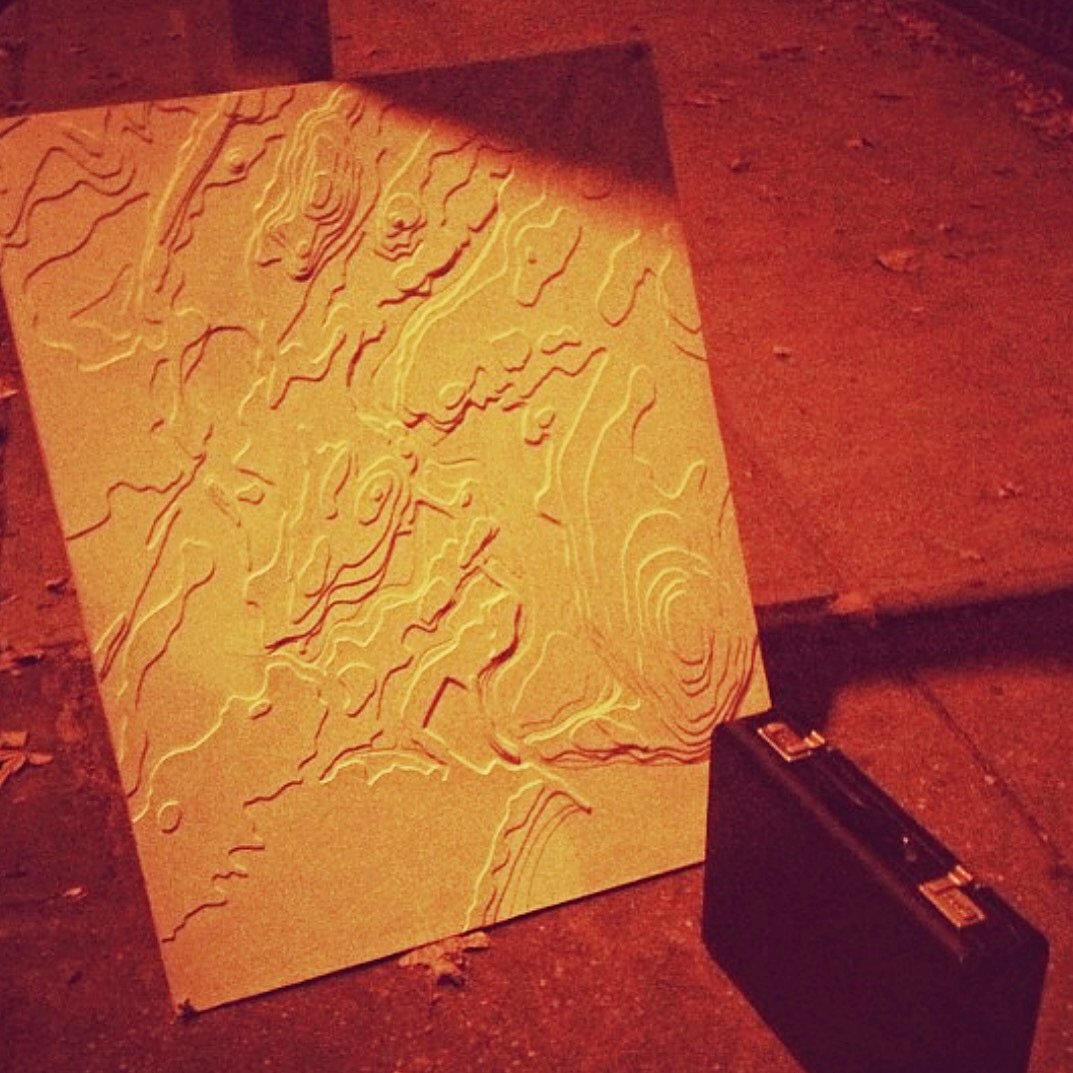

Since 2010, we have worked as applied ecologists to lead the restoration of the Ash Creek Estuary in partnership with the Ash Creek Conservation Association. This rare ecological sanctuary in Connecticut provides critical habitat for horseshoe crabs, oysters, and migratory birds while offering essential ecosystem services. Despite its ecological importance, the estuary faces serious threats from pollution and rising sea levels, putting its future at risk.
Advocating for rivers, oceans, landforms and forests is in keeping with our view that more that only H. sapiens should have rights in the world. Every landscape has innate worth. Human activity has dramatically reshaped Ash Creek. Industrialization disrupted its natural flows, hardened its shorelines, and degraded its wetlands. Once a thriving marshland, the estuary is now suffering from severe wetland loss, erosion, and rising seas. These wetlands, vital for filtering pollutants and supporting wildlife, are rapidly disappearing. With development blocking their inland migration, projections show Ash Creek’s wetlands could vanish entirely by the end of the century without intervention.
In response, we’ve developed a science driven restoration plan focused on resilience. Over the past decade, we’ve led dozens of community meetings to engage residents, raise awareness, and build support for Ash Creek. We’ve also helped secure over $1 million in funding for restoration initiatives, ensuring resources for long-term solutions. Our efforts include replacing seawalls with living shorelines made of natural materials to stabilize soils, create habitats, and allow wetlands to adapt to rising seas. We’ve proposed using dredged sediment to elevate marshes and restore the barrier spit that protects the estuary from storm surges, restoring buried streams and advancing oyster reef restoration as well.
Collaboration is at the heart of this work. Together with the Ash Creek Conservation Association, we’ve partnered with local governments and stakeholders to align restoration goals and ensure unified action.
